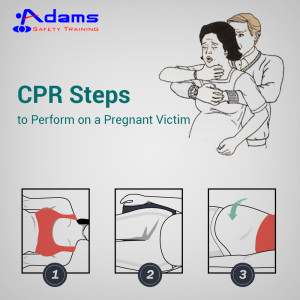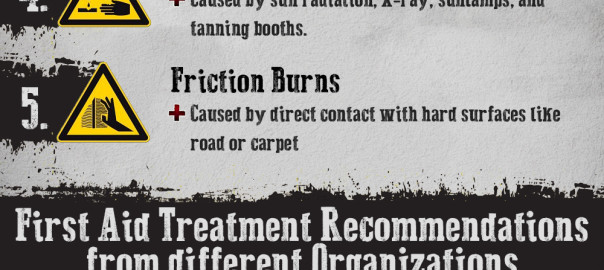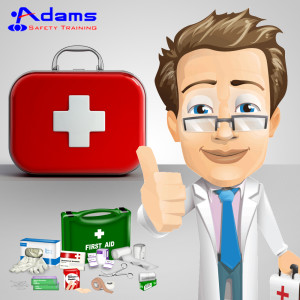What is CPR?
CPR or cardiopulmonary resuscitation is a live-saving procedure performed during emergencies. The technique is especially designed to keep the blood circulation flowing when a victim is in cardiac arrest. CPR is an effective procedure that can be implemented until professional medical assistance is available.
CPR procedure consists of two components including chest compressions and breathing. The procedure usually starts with 30 compressions followed by 2 breaths of air. CPR can be given to any victim (infant, adult, elderly, pregnant or other) who encounters an emergency situation.
What is CPR for a pregnant victim?
CPR procedure for a pregnant victim is same as CPR for an adult victim. It requires rescue breaths and chest compressions, which help to circulate blood throughout the mother and her baby. However, CPR for a pregnant woman should be performed carefully since in such cases the life of the fetus is also at risk.
Why a different CPR technique is adopted for a pregnant victim?
In pregnant victims, the enlarged womb makes it challenging to perform the normal chest compressions. Therefore, two people with good CPR training are required to carry out the rescue procedure, with one of the rescuer assisting to shift the uterus to the left in order to alleviate the pressure accumulated on the thoracic side.

What are the CPR steps to perform on a pregnant victim?
• Like with any casualty of cardiac arrest, it is advisable to immediately call the emergency number ensuring that medical assistance approaches as quick as possible.
• When you make an emergency call, it is better to inform the hospital that the casualty is pregnant.
• Prior to performing chest compressions, it is wise to manually move the uterus to the left. While doing this, place the victim in a comfortable position- usually lying on a flat surface.
• Start with the compressions, without alternating the procedure with rescue breathing.
• Try to perform only hands compressions to ensure that the major veins have enough blood flow.
• Continue to make 30 compressions followed by two breaths until exhaustion.
Warnings
In order to perform these skills on a pregnant victim, getting certified in CPR course is advisable alleviating the risk of responsibility. Be confident while performing CPR and remember, your little effort can save two lives at once.




